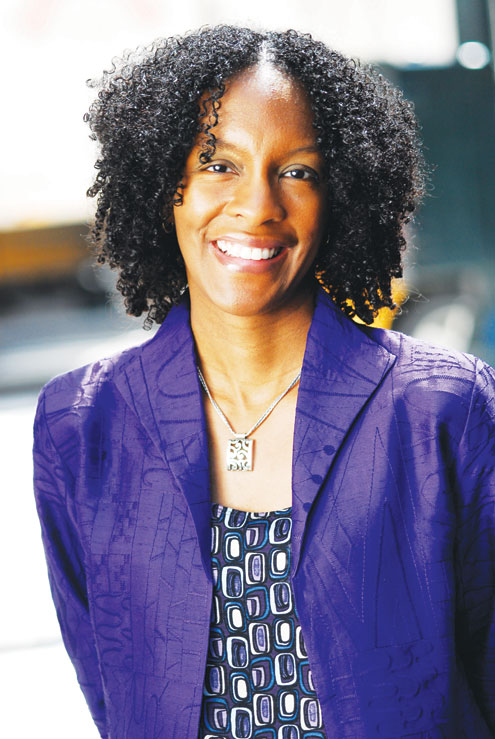 Inspiration comes in many forms. Sometimes it’s a painting, a sentence or a day’s right feelings. But for Monique Fields, it’s something much more personal.
Inspiration comes in many forms. Sometimes it’s a painting, a sentence or a day’s right feelings. But for Monique Fields, it’s something much more personal.
Fields, a professor of journalism at the University, recently returned from New York, where she attended a conference hosted by the Society of Children’s Book Writers and Illustrators, a nonprofit organization that facilitates networking amongst children’s authors across the country. At the conference, Fields was sharing her new 32-page picture book with her genre’s community.
Fields’ book, “Golden,” was inspired by a member of her own audience – her biracial daughter, Simone. Now seven years old, Simone began asking her black mother and white father about race a few years ago.
“This is a book that deals with race, inspired by three conversations I had with my daughter,” Fields said. “She was asking about her skin color.”
Using written word to express her young daughter’s struggles with her racial identity, Fields believes “Golden” offers a new perspective.
“Other books certainly deal with tone or race,” Fields said. “But I haven’t seen something on the market from a child’s point of view.”
This is not the first time Fields has written on the topic. On the contrary, her platform is well established. As a published journalist, she has delved into race through outlets like Ebony, root.com and npr.org. Typically, adults read those stories. Fields thinks her new audience might be tougher to please.
“The hardest part is putting complex issues in children’s terms,” Fields said. “I had to make sure Simone, the character, came to her conclusions as a child would.”
Fields started writing “Golden” last year, after attending her first SCBWI conference. With her words and a friend’s photographs, Fields hopes to publish her finished picture book soon. But that is a tiresome process.
“Even if I were published today, it would probably take two years to find a shelf,” Fields said.
During the wait, Fields is working on a memoir about her experience raising Simone, as well as her sister, Nadia. She also continues to talk with her daughters. Tolerance is often a topic.
“That’s why the book is important,” Fields said. “The sooner we talk to our children about race, the better.”
The strategy has helped both Fields and her children. After observing her father’s and mother’s different skin tones, Simone realized colors could be mixed and came to her own conclusion in her own way.
“Her color is golden,” she said.
Check out Monique Fields’ blog: http://www.honeysmoke.com/









